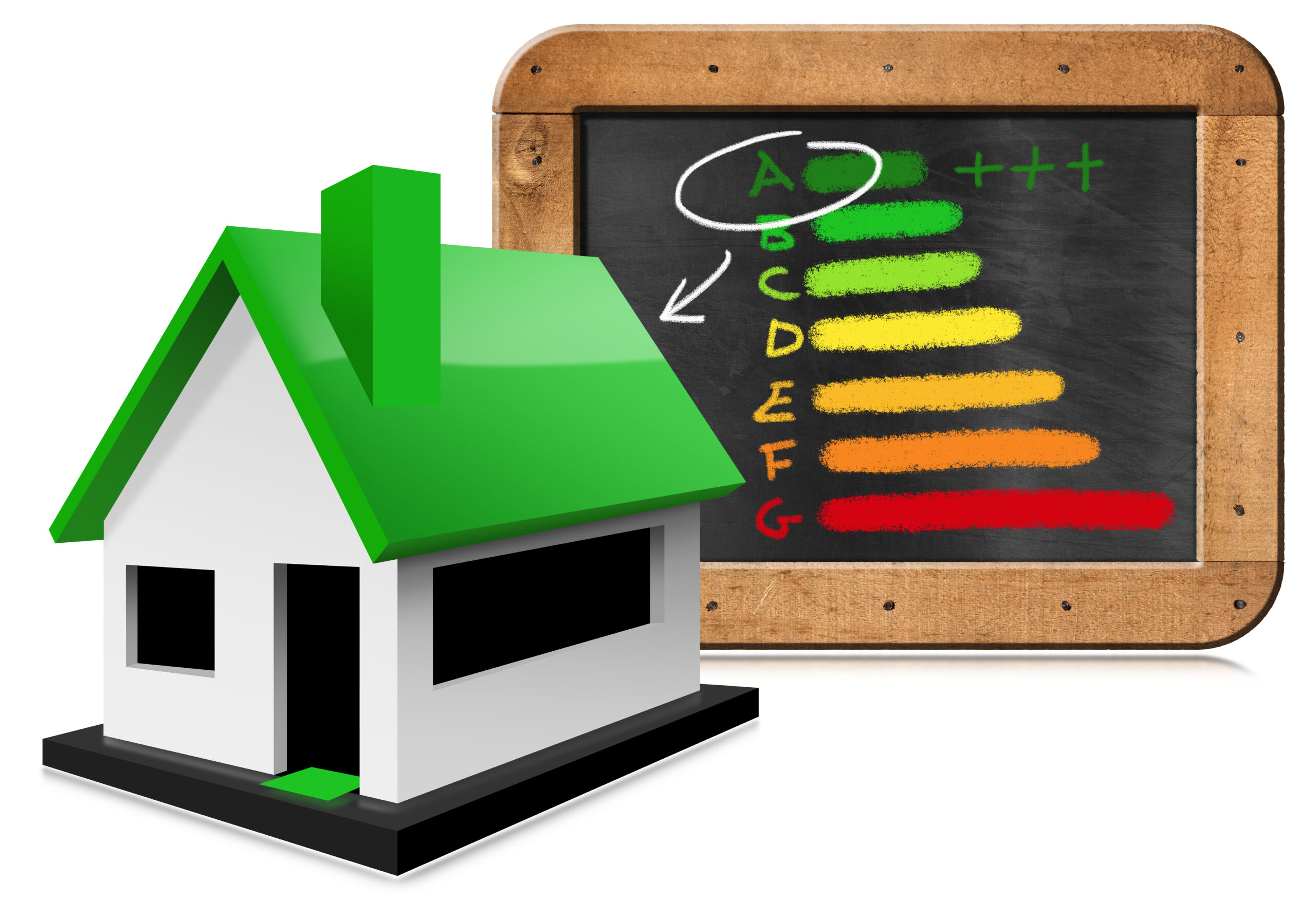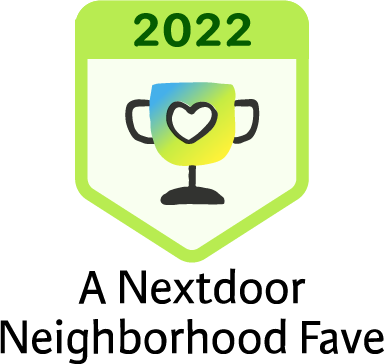The Benefits of Energy-Efficient Roofing for Your Home
In an era where sustainable living and energy conservation are gaining increasing importance, homeowners are actively seeking ways to reduce their energy consumption and lower their environmental impact. Energy-efficient roofing is one such solution that has gained popularity due to its numerous benefits. Let’s explore the advantages of energy-efficient roofing and how it can significantly enhance your home’s energy efficiency, comfort, and overall sustainability.

Reduced Energy Costs
Energy-efficient roofing can substantially reduce your home’s energy consumption and, consequently, your utility bills. These roofs are designed to reflect more sunlight and absorb less heat, resulting in decreased heat transfer to the living spaces below. By minimizing heat gain during hot summers, energy-efficient roofs can lower the demand for air conditioning, ultimately reducing cooling costs. Additionally, during colder months, these roofs can provide better insulation, reducing the need for excessive heating and cutting down on heating expenses.
Improved Energy Efficiency
Energy-efficient roofing materials, such as cool roofs and green roofs, are specifically engineered to enhance energy efficiency. Cool roofs are designed to reflect sunlight and emit absorbed heat efficiently, reducing the roof surface temperature by up to 50 degrees Fahrenheit. This lowers the overall temperature of the building, reducing the strain on air conditioning systems. On the other hand, green roofs utilize vegetation and additional insulation layers to minimize heat transfer, providing natural insulation and improving energy efficiency.

Enhanced Indoor Comfort
Energy-efficient roofing plays a crucial role in maintaining a comfortable indoor environment. By reducing heat gain and loss, these roofs help regulate indoor temperatures more effectively, creating a pleasant living space throughout the year. With improved insulation properties, energy-efficient roofs can minimize temperature fluctuations, eliminating hot spots in summer and cold drafts in winter. This results in a more consistent and comfortable temperature, reducing the need for constant adjustments to heating and cooling systems.

Environmental Sustainability
One of the significant advantages of energy-efficient roofing is its positive impact on the environment. By reducing energy consumption, these roofs help lower greenhouse gas emissions associated with electricity generation. Moreover, some energy-efficient roofing materials are made from recycled or sustainable materials, further reducing their environmental footprint. Additionally, green roofs contribute to urban biodiversity by providing habitats for plants and wildlife, mitigating the heat island effect, and improving air quality.
Increased Durability and Longevity
Energy-efficient roofing materials are often designed to be durable and long-lasting. They are specifically engineered to withstand extreme weather conditions, such as high winds, heavy rains, and intense sunlight, while retaining their energy-efficient properties. The enhanced durability of these roofs reduces the need for frequent repairs or replacements, saving homeowners both time and money in the long run. Additionally, the extended lifespan of energy-efficient roofs reduces the waste generated from roof replacements and contributes to sustainable living practices.

Energy-efficient roofing offers a multitude of benefits for homeowners. By investing in energy-efficient roofing, homeowners can make a significant contribution to energy conservation efforts, lower their carbon footprint, and create a more comfortable and sustainable living environment. As the demand for energy-efficient solutions continues to grow, it is essential to consider the long-term benefits and make informed choices for a greener future.
If you’re interested in learning more about energy-efficient roofing and the different benefits it can provide, reach out to us here at Hammersmith Roofing and Construction. As an experienced roofing contractor, we install several different types of roofs in the greater Richmond, VA area. We have the skills needed in order to install roofs for family homes, apartment buildings, restaurants, retail stores, and townhomes.





